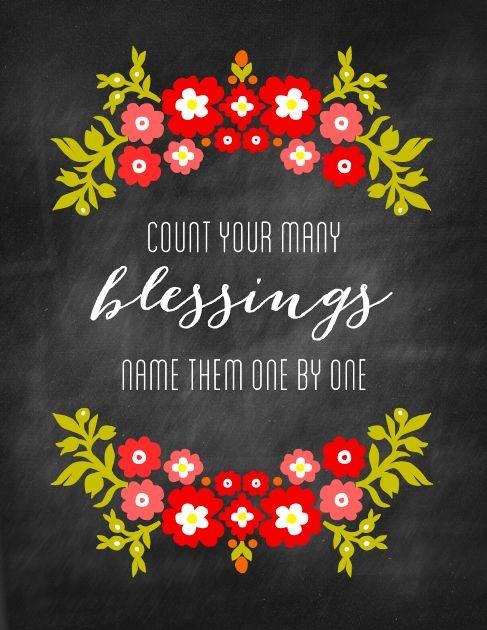 During the Second World War, in 1941, Canadian women lobbied the federal government and were successful in having military organizations for women. Thus, there were over 50,000 women who served in the armed forces and made valuable contributions serving Canada in uniform and doing their part to assist the success of Canada’s Victory Campaign.
During the Second World War, in 1941, Canadian women lobbied the federal government and were successful in having military organizations for women. Thus, there were over 50,000 women who served in the armed forces and made valuable contributions serving Canada in uniform and doing their part to assist the success of Canada’s Victory Campaign.
Several Sisters of St. Joseph who were civilian women in 1942, joined the growing ranks of the women serving in the war effort. Sister Olga and Sister Pauline, now in their late nineties, were two of our group of women who made contributions to the war effort during their “salad” days.
 Sister Olga Barilko (pictured left) belonged to the Women’s division, Royal Canadian Air Force (WDs). She was born in Edmonton, AB and served in Halifax as a clerk operational filter. Her task, along with several WDs, was to monitor all the air, sea and land traffic on the Canadian East Coast and report activity to the next level. Sister reported that during the midnight shift when there was little radar traffic, some of the women played bridge to earn 15 cents for breakfast. In her spare time, Olga played successfully in the army, navy and air force women’s hockey league.
Sister Olga Barilko (pictured left) belonged to the Women’s division, Royal Canadian Air Force (WDs). She was born in Edmonton, AB and served in Halifax as a clerk operational filter. Her task, along with several WDs, was to monitor all the air, sea and land traffic on the Canadian East Coast and report activity to the next level. Sister reported that during the midnight shift when there was little radar traffic, some of the women played bridge to earn 15 cents for breakfast. In her spare time, Olga played successfully in the army, navy and air force women’s hockey league.
 Sister Pauline Leblanc, (pictured right), from St. Albert, Alberta, joined the Canadian Women’s Army Corps, better known as the WACs. In deference to the abbreviated name, she recounted that they called themselves the “Army’s Cutest Women” and the moniker stuck. Pauline’s responsibility was to ensure that all supplies needed by the German prisoners of war located in Calgary, were collected and delivered to the camp. She loved the work and considered the guys like brothers because most of them were still teenagers. They were just happy to be safe in a country that treated them well. Be assured that “the boys” were well cared for on her watch.
Sister Pauline Leblanc, (pictured right), from St. Albert, Alberta, joined the Canadian Women’s Army Corps, better known as the WACs. In deference to the abbreviated name, she recounted that they called themselves the “Army’s Cutest Women” and the moniker stuck. Pauline’s responsibility was to ensure that all supplies needed by the German prisoners of war located in Calgary, were collected and delivered to the camp. She loved the work and considered the guys like brothers because most of them were still teenagers. They were just happy to be safe in a country that treated them well. Be assured that “the boys” were well cared for on her watch.
Many stories could be recounted about the considerable number of service women who later entered our congregation sometime after the war ended. There was Sister St. Philip Neri who died on Nov. 28, 1984. She served during her civilian life as Barry Bowles in the Women’s Nursing Sisters (as the Canadian military nurses were known) and was decorated for her deeds of valour as a nurse on the front lines.
Such were the good deeds of thousands of valiant Canadian women during the Second World War.
- Sister Jean Moylan, csj
 I’m counting my blessings
I’m counting my blessings





